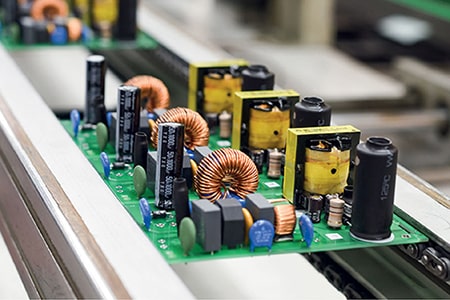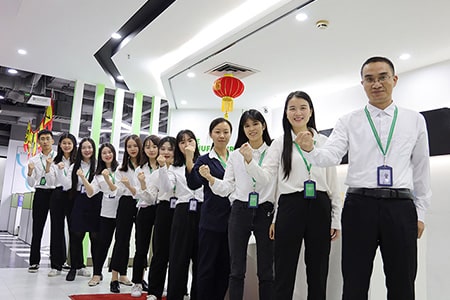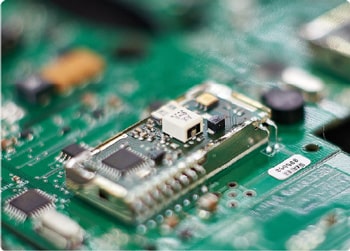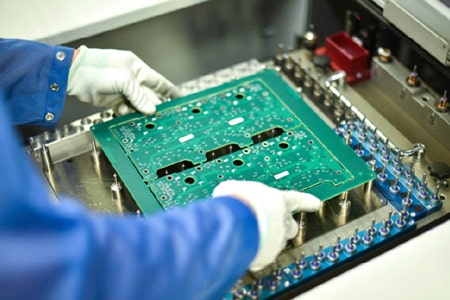The difference between ceramic PCB and other PCBs
Ceramic PCB circuit boards are processed from PCB ceramic substrates. The heat dissipation performance, current carrying capacity, insulation, thermal expansion coefficient, etc. of PCB ceramic substrates are superior to ordinary glass fiber PCB sheets and are widely used in high-power power electronic modules. , aerospace, military electronics and other products.
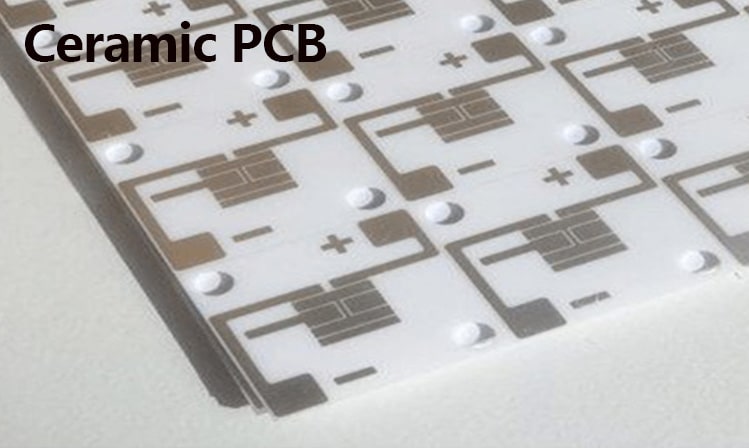
PCB boards are usually made of copper foil and substrates, and the substrate materials are mostly fiberglass (FR-4), phenolic resin (FR-3), ceramics, etc. The adhesives are usually phenolic, epoxy, etc. . During the PCB processing process, due to thermal stress, chemical factors, improper production processes, etc., or due to the asymmetry of copper paving on both sides during the design process, it is easy to cause the PCB board to warp to varying degrees.
Ceramic PCB is made by bonding copper foil and ceramic substrate together in a high temperature environment. It has strong bonding force, the copper foil will not fall off, high reliability, and stable performance in high temperature and high humidity environments. .
The main materials of ceramic substrates:
1. Aluminum oxide (Al2O3)
Aluminum oxide is the most commonly used substrate material in ceramic substrates because it has higher strength and chemical stability than most other oxide ceramics in terms of mechanical, thermal, and electrical properties. It also has abundant sources of raw materials and is suitable for a variety of technologies. Manufactured in different shapes as well. According to the percentage of aluminum oxide (Al2O3), it can be divided into: 75 porcelain, 96 porcelain, and 99.5 porcelain. Aluminum oxide content is different, its electrical properties are almost unaffected, but its mechanical properties and thermal conductivity vary greatly. Substrates with low purity contain more glass phases and have larger surface roughness. The higher the purity of the substrate, the smoother, denser and lower the dielectric loss, but the higher the price.
2. Beryllium oxide (BeO)
It has a higher thermal conductivity than metallic aluminum and is used in situations where high thermal conductivity is required. It decreases rapidly after the temperature exceeds 300°C, but its toxicity limits its development.
3. Aluminum nitride (AlN)
Aluminum nitride ceramics are ceramics with aluminum nitride powder as the main crystal phase. Compared with alumina ceramic substrates, the insulation resistance and insulation voltage are higher, and the dielectric constant is lower. Its thermal conductivity is 7 to 10 times that of Al2O3, and its coefficient of thermal expansion (CTE) approximately matches that of silicon wafers, which is crucial for high-power semiconductor chips. In terms of production process, the thermal conductivity of AlN is greatly affected by the content of residual oxygen impurities. Reducing the oxygen content can significantly improve the thermal conductivity.
Advantages and Disadvantages of Ceramic PCB
1. Advantages
① Large carrying capacity, 100A current continuously passes through 1mm0.3mm thick copper body, the temperature rise is about 17℃; 100A current continuously passes through 2mm0.3mm thick copper body, the temperature rise is only about 5℃;
② Better heat dissipation performance, low thermal expansion coefficient, stable shape, not easy to deform and warp.
③Good insulation and high voltage resistance, ensuring personal safety and equipment.
④ Strong bonding force, using bonding technology, the copper foil will not fall off.
⑤ High reliability and stable performance in environments with high temperature and humidity.
2. Disadvantages
① Fragility, this is the main disadvantage, which also results in that only small-area circuit boards can be made.
② The price is expensive, and there are more and more requirements for electronic products. Ceramic circuit boards are still used in some relatively high-end products, and are not used in low-end products at all.

